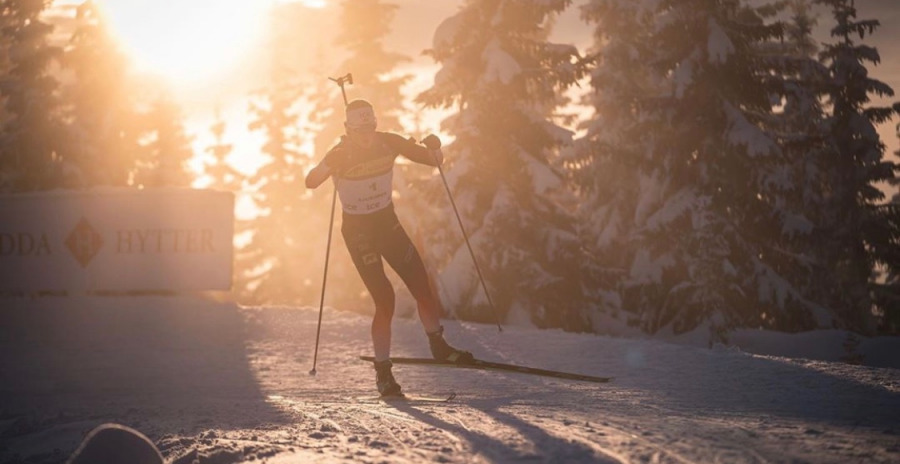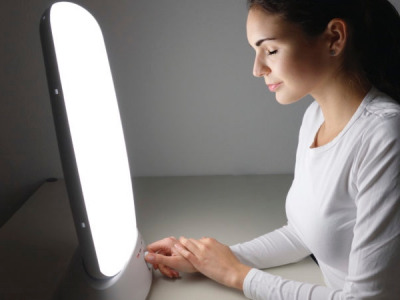Dealing with Darkness – Hygge & Seasonal Affective Disorder

November 18, 2019
By Holly Brooks

As skiers, we are naturally positioned to be the people who “like winter.” That said, it doesn’t mean that we are immune to darkness and devoid of the need for light. Skiers, and athletes in general, suffer from mental health conditions such as depression at rates similar to those in the regular population. That said, you don’t need to meet the criteria for clinical depression to experience the “winter blues” or seasonal affective disorder, (SAD). Feeling down or depressed can inhibit our motivation to race and train and limits our ability to experience joy in things we theoretically love to do.
Depending on the latitude where you live, you will have different access to daylight and sunshine. Alaskans, for example, will experience significantly less daylight than northern Californians. Lack of snow on the ground (which many of us rely on for brightness and reflection) due to early season conditions and/or climate change has the potential to make dark months feel even darker. Traveling to northern latitudes in search of early season snow may exacerbate the issue. Every November the World Cup makes an annual pilgrimage to Kuusamo, Finland around 65 degrees north, latitude. The races often occur under lit trails even though they are held in the middle of the day. Historically, US Ski Team members have struggled with energy management and mood at this venue.
Luckily, as skiers, there are a couple of things we can do to maintain good energy. The first is to embrace the winter months per the Danish idea of “hygge” (pronounced hoo-ga). The second is the use of light box therapy.
While there is no direct translation for hygge in the English language the word generally translates to a “feeling of cozy contentment and well-being through enjoying the simple things in life.” Think big sweaters, hot chocolate, candles, time by the fire place. It’s essentially a mindset shift from one that dreads the darkness to one that welcomes it and appreciates it for what it is. I know that in Alaska, fall and winter is a great time for social gatherings and a wonderful time to reconnect with family and friends after the chaos of the summer. I recommend that everyone brainstorm ways that they can personally embrace their own version of hygge.
The second idea is use of light box therapy. Light box therapy is meant to mimic the outdoor light that is obsolete during the winter months. Researchers believe that using artificial light can cause a chemical change in the brain that lifts mood and eases the symptoms of seasonal affective disorder. Typical recommendations involve 20-30 minutes of use, preferably in the morning. Boxes should provide exposure of 10,000 lux of light and emit as little UV as possible. And yes, it is possible to get a travel size light box!
As skiers we put a lot of time, energy and money into our training. Thus, it is important to figure out how to optimize our performance during the winter months and the opportunities we work so hard for every day! The concept of hygge and light therapy are two potential components to winter wellness. If you haven’t already read NTS contributor, Andrea Henkle’s article about vitamin D, make sure you do so, HERE. If you are experiencing signs of depression that exceed mild seasonal affective disorder I would encourage you to discuss medication and/or therapeutic interventions with your doctor, coach, parent or partner. Energy management matters for optimal ski performance!
Visit http://hollybrooks.com

